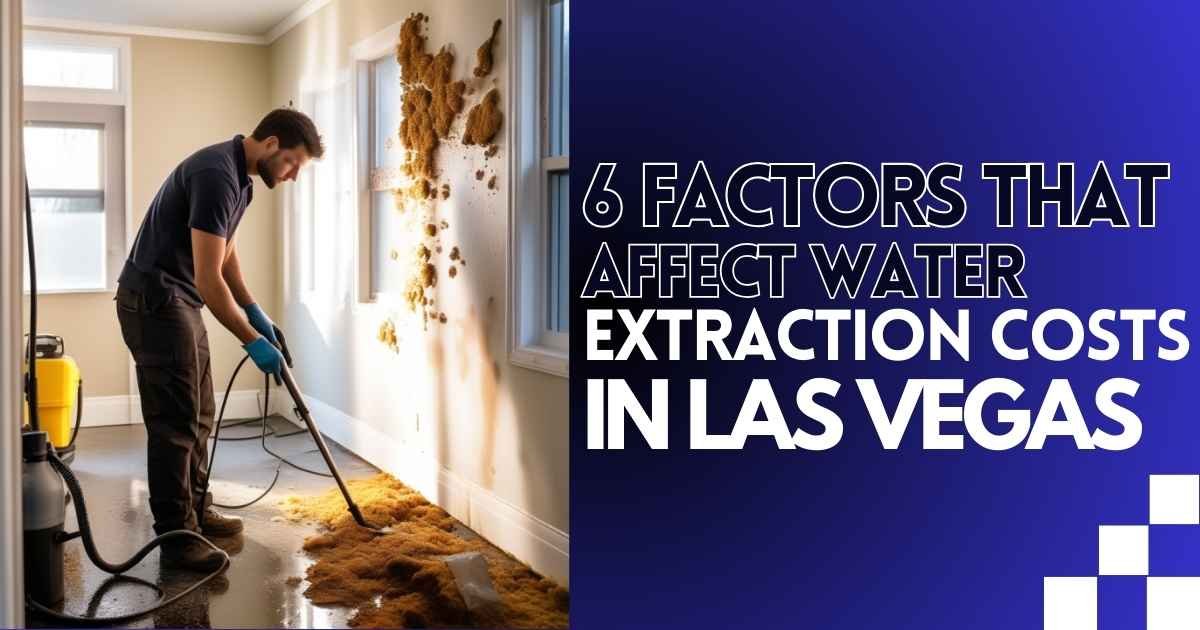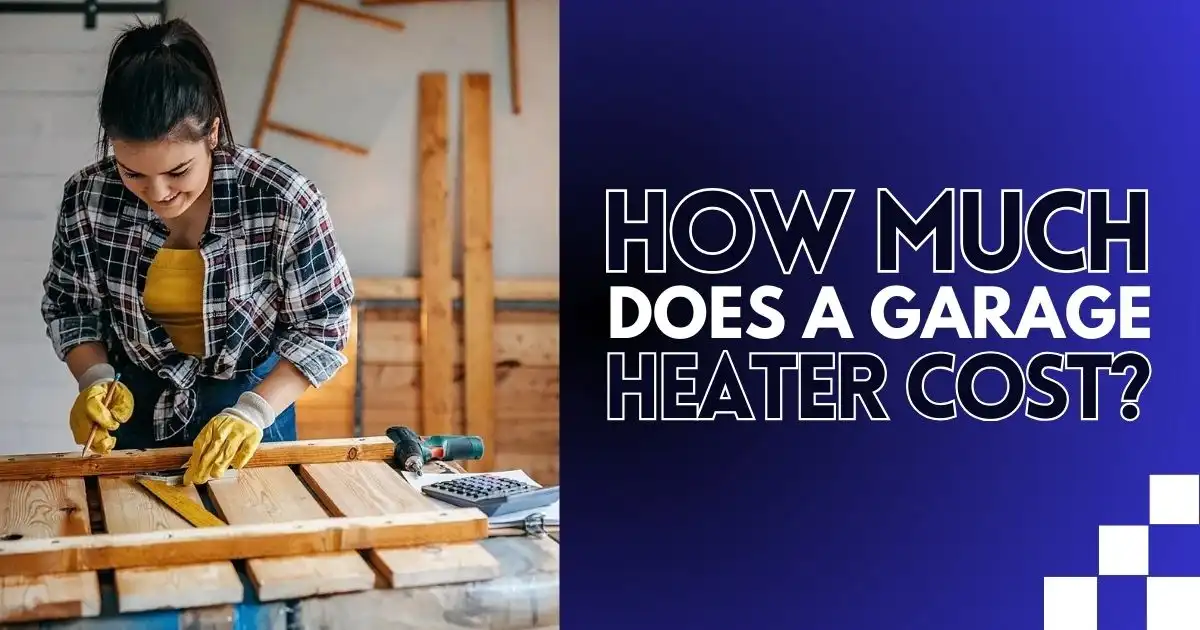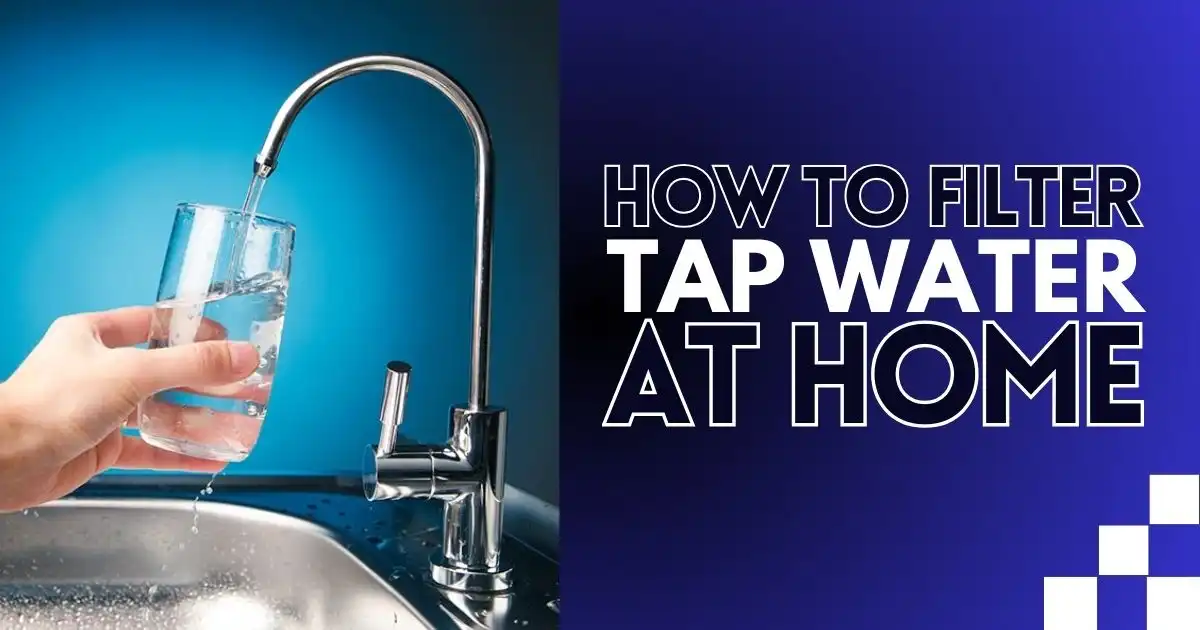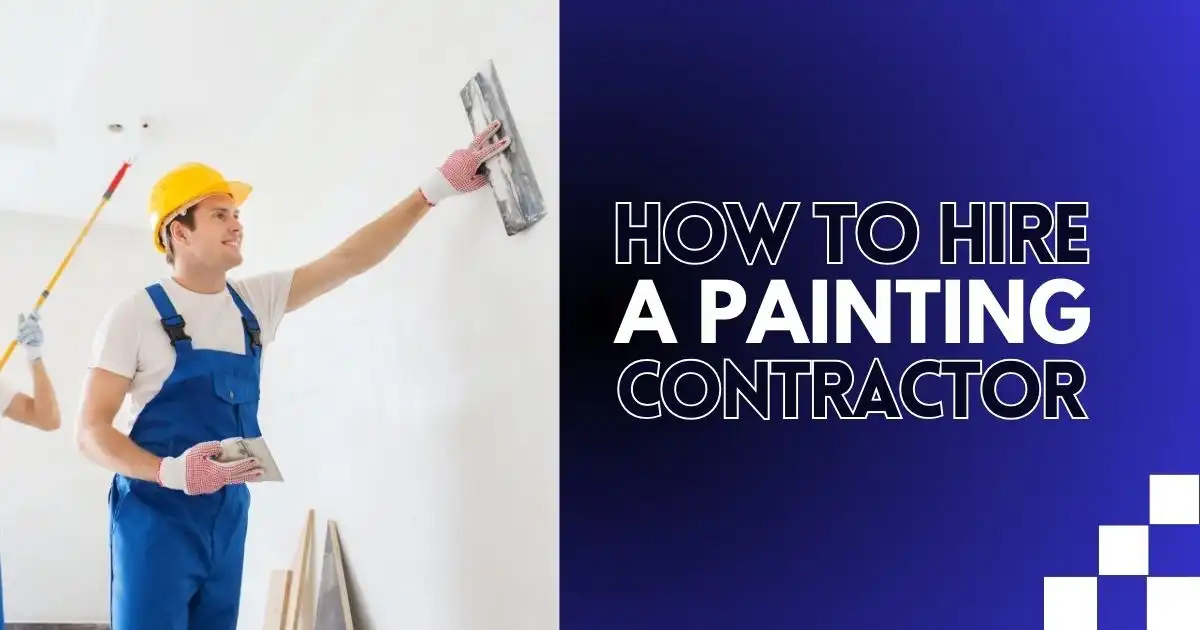It’s a hot summer day in Las Vegas, and suddenly a big storm hits. Heavy rain starts pouring, and within minutes, your yard begins to flood. Soon, water starts coming into your home through the back door. You rush to move your furniture and important things, but the water keeps rising. At that moment, you can’t stop thinking, “How much will this cost?”
This situation happens often to homeowners in Las Vegas, where unexpected floods, broken pipes, or plumbing problems can cause serious damage. The repairs can be stressful and expensive. Acting quickly to remove the water is the best way to stop more damage and start fixing your home before it gets worse.
What is Water Extraction?
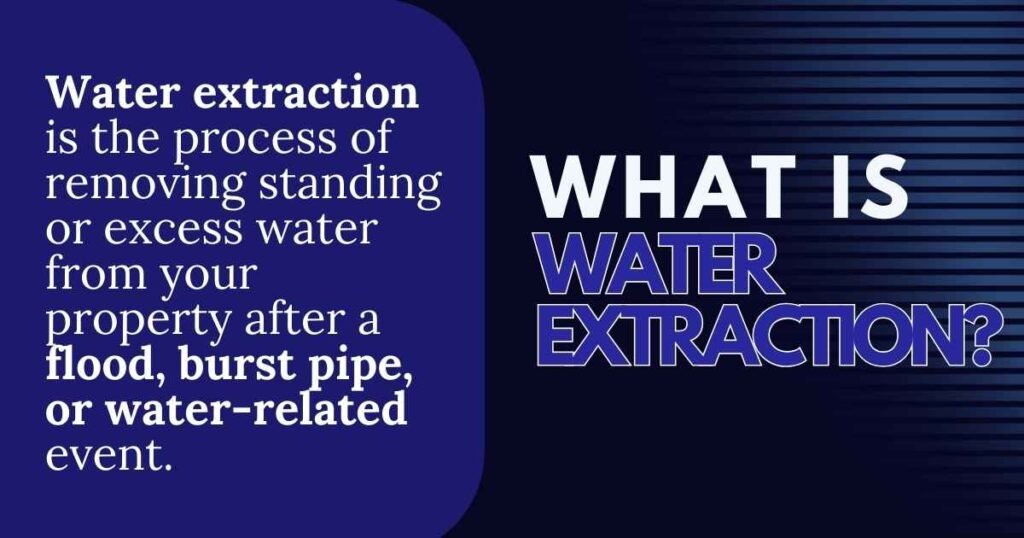
Water extraction is the process of removing standing or excess water from your property after a flood, burst pipe, or water-related event. In Las Vegas, flash floods can quickly cause water to accumulate in homes and businesses, making fast action critical. Professional water extraction services use advanced equipment to remove water and minimize damage, aiming to:
- Protect Your Belongings: Quickly removing water helps reduce the risk of permanent damage to furniture, electronics, and other valuables.
- Prevent Mold Growth: Standing water in Las Vegas’ warm climate can quickly lead to mold growth, which can affect your health. Effective water extraction prevents this issue.
- Restore Your Property: The goal is to return your home to its pre-damage condition, ensuring structural safety and comfort.
Water Extraction Costs in Las Vegas
The cost of water extraction in Las Vegas can vary depending on several factors, including the size of the affected area, the severity of the water damage, and additional services like mold remediation are needed. On average, water extraction services in the city range from $1,500 to $3,500, but this price can increase based on certain conditions.
6 Factors That Affect Water Extraction Costs in Las Vegas
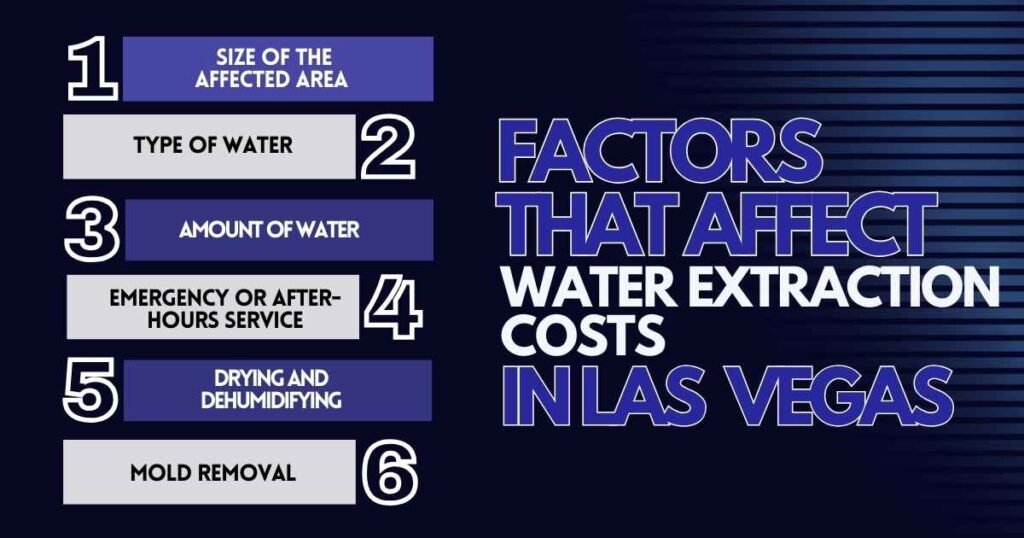
1. Size of the Affected Area
The bigger the area that needs water removed, the more it will cost. Removing water from a small room will cost less than extracting water from an entire house or large basement. For example:
- Small areas (500 sq. ft.): $1,500 – $3,000
- Medium areas (1,000 sq. ft.): $3,000 – $6,000
- Large areas (2,000 sq. ft. or more): $6,000 – $15,000
A bigger area means more equipment and time are needed to complete the job, which increases the price.
2. Type of Water
The type of water you are dealing with greatly affects the cost. Clean water, such as from a broken pipe, is cheaper to remove because it doesn’t require special cleaning. However, if the water is dirty or contaminated (like flood water or sewage), it requires more safety measures and thorough cleaning, which makes the process more expensive.
3. Amount of Water
The more water there is, the more equipment and time are needed to remove it. Large amounts of water, especially standing water, often need to be pumped out using specialized pumps, which can increase the cost. Larger volumes of water also take longer to remove, adding more time and effort to the process.
4. Emergency or After-Hours Service
If the water damage happens late at night, on a weekend, or during a holiday, the cost may go up. Many companies charge extra for emergency or after-hours services because quick action is needed to prevent further damage. While it may be more expensive, immediate help can save you from bigger repair bills down the road.
5. Drying and Dehumidifying
After the water is removed, the area must be dried to prevent mold from growing. This often requires special equipment, such as dehumidifiers and fans, to remove moisture from the air and walls. Depending on how long the drying process takes, the cost can add $300 to $1,000 or more to the total. Proper drying is important to avoid mold and structural damage.
6. Mold Removal
If the water has been sitting for too long, mold can start growing. Mold is dangerous to your health and can cause long-term damage to your home. The cost of mold removal, or mold remediation, can range from $500 to $3,500, depending on how much mold there is and how far it has spread. In some cases, removing mold can be more expensive than the water extraction itself.
6 Ways to Lower Water Extraction Costs
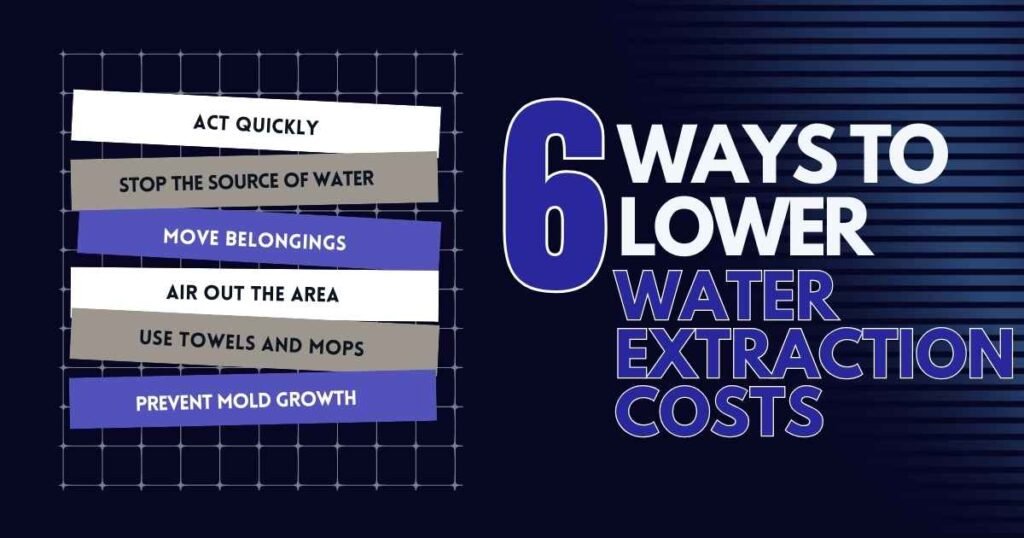
Reducing water extraction costs is possible if you take action quickly and follow a few simple steps.
1. Act Quickly
The sooner you begin removing water, the less damage it will cause. Waiting too long can lead to serious problems like mold and structural damage, which can increase costs. Acting fast, you reduce the chance of needing expensive repairs.
2. Stop the Source of Water
If you know where the water is coming from, try to stop it as soon as possible. This might mean shutting off the main water supply or fixing a broken pipe. Stopping the water flow quickly can prevent more water from spreading, making the water removal process easier, and save money on bigger repairs.
3. Move Belongings
Remove furniture, rugs, electronics, and other valuable items from the affected area. This prevents your belongings from getting wet and damaged. It also makes the water extraction process easier and faster, potentially lowering the cost of repairs for furniture or other possessions.
4. Air Out the Area
Open windows and doors to let fresh air in and help dry the area naturally. If you have fans, use them to improve air circulation. Doing this can speed up the drying process and reduce the need for professional drying equipment, which can be costly to rent and operate for long periods.
5. Use Towels and Mops
While waiting for professionals, use towels, mops, or even buckets to soak up as much water as you can. Removing standing water on your own can reduce the amount of work needed by the professionals, which might lower the overall cost of the service.
6. Prevent Mold Growth
Mold can grow quickly after water damage and cause health problems and additional costs. To reduce the chances of mold, clean and dry the area as much as possible. Using disinfectants or mold-prevention sprays can also help prevent mold from forming, which may save you money on future mold removal.
Effective Water Extraction Methods in Las Vegas
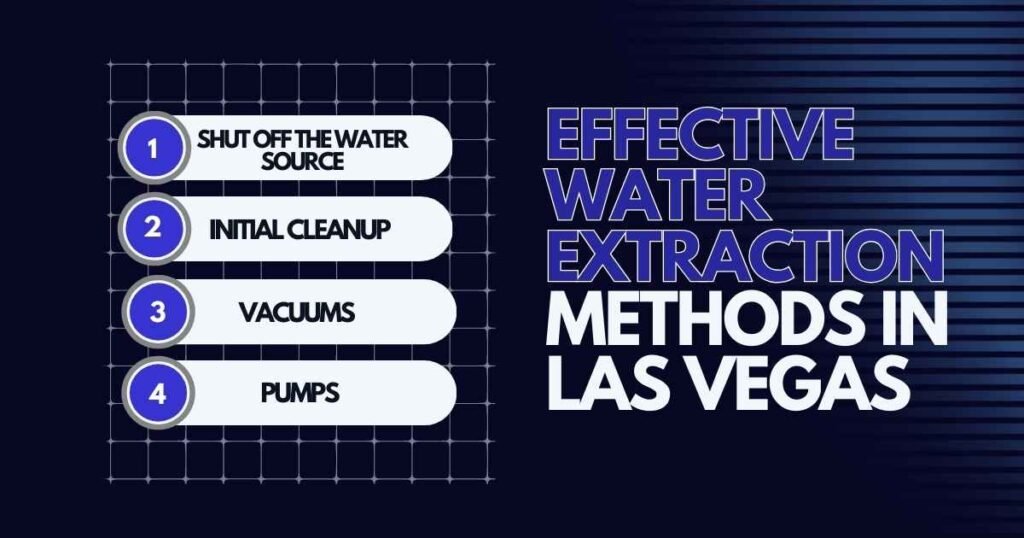
When water damage happens in Las Vegas, especially during flash floods, taking quick action is very important to prevent more damage.
Here are some common methods used by water extraction experts:
- Shut Off the Water Source: The first thing you should do is stop the flow of water. This might mean turning off the main water supply if it’s a pipe leak or waiting for the rain to stop during a storm. This helps prevent more water from flooding your home.
- Initial Cleanup: While you wait for the professionals, you can start cleaning up. Use towels or mops to soak up as much water as you can. Also, move furniture and important items out of the wet area to prevent them from getting damaged.
- Vacuums: Wet-dry vacuums are commonly used to remove water from carpets, rugs, and floors. In Las Vegas, where basements or lower floors can flood, these vacuums are very helpful in quickly removing the water before it causes more damage.
- Pumps: For large amounts of standing water, professionals use pumps. Sump pumps or submersible pumps are very effective at draining water from basements, crawl spaces, or other areas that have flooded after heavy rain or a pipe burst.
Act Fast to Prevent Costly Water Damage
Water damage can strike suddenly, leaving you with expensive repairs and stress. Floods or broken pipes happen without warning, and ACTING QUICKLY is the best way to protect your home. Stopping the water and cleaning up fast can prevent a small problem from becoming a big disaster.
Costs can increase based on the area size, water type, and need for emergency help or mold removal. But by taking fast action, you can keep costs under control. Starting cleanup early is like throwing a lifeline to your home, preventing further damage and saving money.
Don’t let water damage take over your home. Contact Vegas Plumbing Pros for fast, reliable water removal and repair services. Our 24/7 team quickly removes water, dries areas, and prevents mold, saving you from costly repairs. Call now to protect your home!
FAQs
Why does Vegas charge for water?
Las Vegas charges for water because it is a precious resource, especially in the desert. Charging helps pay for the water system and encourages people to use less water.
What caused the Las Vegas water crisis?
The water crisis in Las Vegas, which has also driven up the cost of water damage restoration, is caused by long periods of drought, less rain, and the overuse of water from the Colorado River, which provides most of the city’s water.
What are measures that Las Vegas is taking to conserve the use of water?
Las Vegas is taking several steps to save water, like encouraging people to replace grass with desert plants, recycling water, fixing leaks quickly, and offering rebates for water-saving appliances.
How do the tools and equipment used affect water extraction costs?
The cost increases with more advanced tools like high-powered pumps, industrial dehumidifiers, and infrared cameras for hidden moisture. Basic equipment is cheaper, but severe damage or hard-to-reach areas require specialized tools, raising the overall price.
